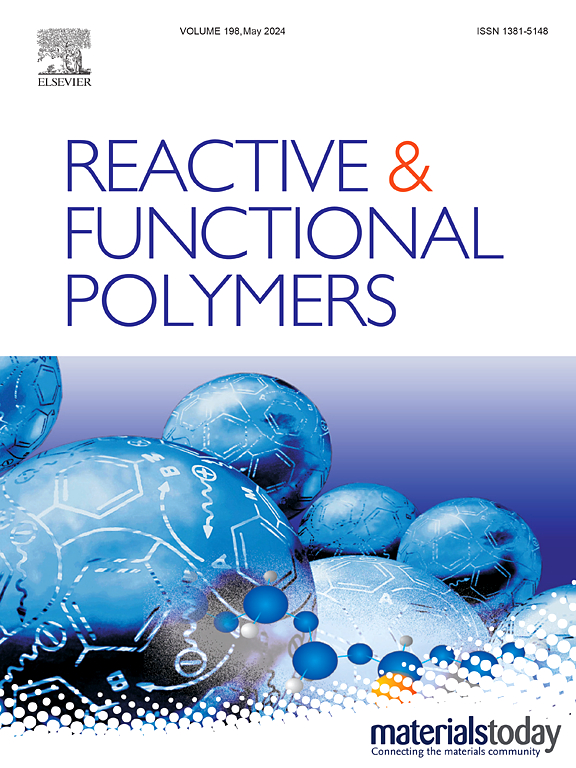Paradoxical adhesion and polyethylene based plastic/plastic laminated composite improvement of polyphenols modified polyacrylate latex pressure-sensitive adhesives
IF 4.5
3区 工程技术
Q1 CHEMISTRY, APPLIED
引用次数: 0
Abstract
Protective films are widely welcomed for its excellent flexibility, good foldability, and ease of use, etc. However, they are often accompanied with low adhesive performance, moreover, there are also a pressing critical issue about poor laminated composite efficiency for polyacrylate latex type pressure-sensitive adhesives (PSAs) especially in low surface energy polyethylene (PE) based plastic/plastic laminated composite process of protective films. Polyacrylate latex type PSAs were prepared by using glycidyl methacrylate (GMA) as functional comonomer, and then novel polyphenols modified polyacrylate latex PSAs (PPSAs) were further obtained by grafting dopamine (DOPA) with epoxy groups in PSAs structures. The effects of functional monomer dosages (GMA and DOPA) on the viscosity, particle size and distribution, adhesion, and water resistance of PPSAs were investigated. The results showed that, compared with traditional polyacrylate latex type PSAs, functional GMA monomer improved the crosslinking density and cohesion of PPSAs but also accompanied with negative impact on initial adhesion; Nevertheless, while by the further introduction of functional DOPA component with significant adhesive property also improved the initial and holding tack for PPSAs. Precisely because of the introduction of GMA and DOPA effectively realized the unity of the adhesive force and cohesive force of PPSAs, and thus when the amount of GMA and DOPA were 5.0 wt% and 0.5 wt%, PPSA5 behaved with good stability, average particle size (196.4 nm) and distribution (PDI, 0.12), and best adhesive properties with initial tack (5.17 N/25 mm), 180° peel strength (6.62 N/25 mm) and holding power (>72 h/25 mm). When PPSAs further used as laminated composite adhesives for plastic/plastic laminated composite of PE based protective films. The simulated PE based protective films and improved 180° peel strength measurement results showed PPSAs behaved with tremendously tearproof laminated composite efficiency which differed from traditional polyacrylate latex type PSAs, and just by utilizing the polyphenols and epoxy groups to form effective chemical bonding bridges with functional groups introduced by corona treatment at PE based plastic/plastic lamination interface, and synergistically improving the laminated composite efficiency of PPSAs. Thus, this work presents a highly promising and broad strategy for utilization of PPSAs as laminated composite adhesives in low surface energy plastic/plastic lamination field.

求助全文
约1分钟内获得全文
求助全文
来源期刊

Reactive & Functional Polymers
工程技术-高分子科学
CiteScore
8.90
自引率
5.90%
发文量
259
审稿时长
27 days
期刊介绍:
Reactive & Functional Polymers provides a forum to disseminate original ideas, concepts and developments in the science and technology of polymers with functional groups, which impart specific chemical reactivity or physical, chemical, structural, biological, and pharmacological functionality. The scope covers organic polymers, acting for instance as reagents, catalysts, templates, ion-exchangers, selective sorbents, chelating or antimicrobial agents, drug carriers, sensors, membranes, and hydrogels. This also includes reactive cross-linkable prepolymers and high-performance thermosetting polymers, natural or degradable polymers, conducting polymers, and porous polymers.
Original research articles must contain thorough molecular and material characterization data on synthesis of the above polymers in combination with their applications. Applications include but are not limited to catalysis, water or effluent treatment, separations and recovery, electronics and information storage, energy conversion, encapsulation, or adhesion.
 求助内容:
求助内容: 应助结果提醒方式:
应助结果提醒方式:


